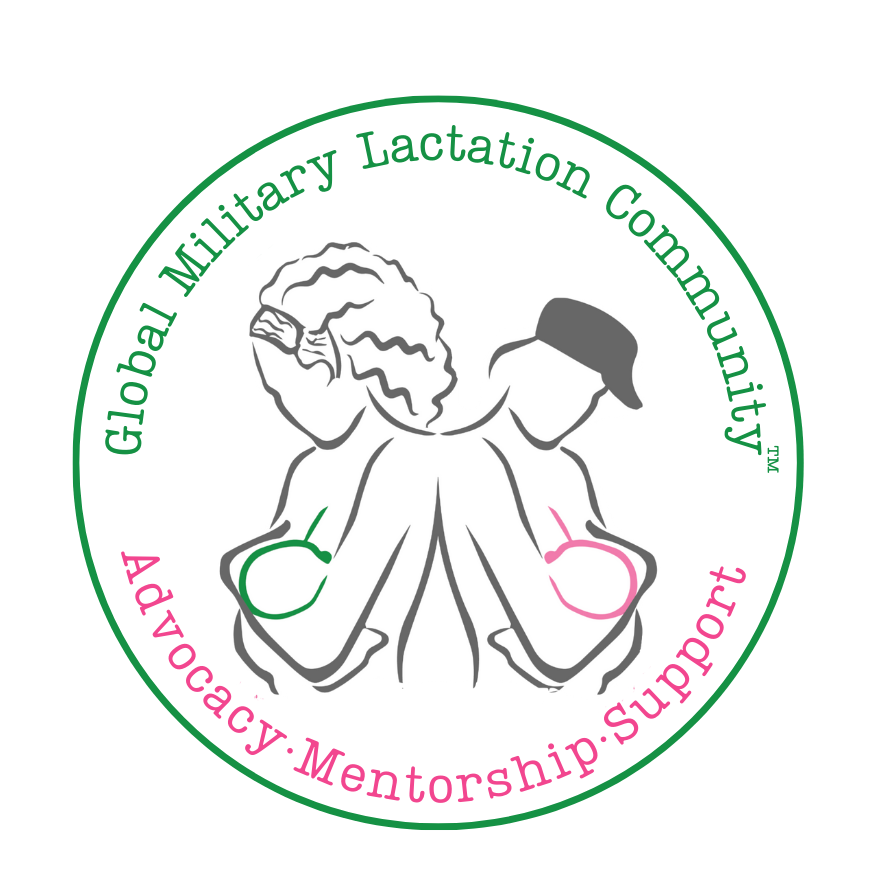
U.S. Air Force & U.S. Space Force
Parental Leave & Lactation Policies
Printable FAQ Info Sheets
Family Care Plan
Applicable to all service branches.
Family Care Plan requirements:
Servicemembers who give birth to or adopt a child are granted a four-month deferment from duty away from home station.
DODI 1342.19
Pregnancy Discrimination
DOD Military Equal Opportunity (MEO)Program
The DOD, through the DOD MEO Program, will:
(1) Ensure that Service members are treated with dignity and respect and are afforded equal opportunity in an environment free from prohibited discrimination on the basis of race, color, national origin, religion, sex (including pregnancy), gender identity, or sexual orientation.
DODI 1350.02
Parental Leave
Maternity Convalescent Leave: 42 days
Primary Caregiver Leave: 42 days
Secondary Caregiver Leave: 21 days
AFI 36-3003
Military Parental Leave Program
Establishes and defines three types of parental leave: Maternity Convalescent Leave, Primary Caregiver Leave, Secondary Caregiver Leave.
DODI 1327.06
Breastfeeding
Supervisors should work with their personnel to allow for pumping. Specifies that a lactation space must provide adequate privacy and cleanliness and may not be a restroom. U.S. Air Force personnel must provide equipment needed to pump and store milk.
AFI 44-102, 4.15
Lactation Space and Breast Milk Storage
Commanders are required to establish lactation spaces for all service members and civilians in all facilities which fall under the commander's control. Spaces must be lockable, clean, not a latrine or locker room, and in close proximity to both location of workspace and hot and cold running water. Spaces must provide multiple electric outlets for pumps, and be available in all areas to lactating servicemembers and civilians.
DAFI36-3013
Postpartum Fitness
U.S. Air Force personnel are deferred from PCS, TDY, deployment, and fitness assessments for 12 months postpartum.
AFGM for AFI 36-2110
Breastfeeding in Uniform
Airmen are authorized to purchase and wear a long- or short-sleeve breastfeeding t-shirt with their utility uniform. The t-shirt will be sand in color when worn with the ABU and Tan or Coyote Brown in color when worn with the OCP.
The breastfeeding t-shirt will be tucked in unless worn with the maternity uniform. The ABU or OCP coat may be removed in the immediate work area as determined appropriate by local leadership, however, the ABU or OCP coat will be worn while interacting with customers/clients. [NOTE: during flight operations t-shirts must be cotton or fire retardant material due to added protection. T-shirts made of 100% nylon or polyester are not authorized during flight.]
AFI 36-2903, 6.5.2.5
Summary of existing allowances for maternity uniforms
(not all uniform pieces will be available in all locations)
Summary Here
Uniform Nursing & Maternity Shirts
Human Milk Storage
3.2.4. Recommended locations to store expressed breast milk include, such as but not limited to, lactation room refrigerators, lodging refrigerators, schoolhouse refrigerators, field kitchens, etc. (T-1).
3.2.4.1. Local dining facilities generally are not the preferred storage location; however, they are not excluded as a potential local storage location. Installations must assess the readiness of the dining facility to store expressed breast milk. (T-1). If no other installation storage facility capabilities are available, installations should be prepared to allow access to local dining facilities.
Childcare Center Infant Feeding Guidelines
Feeding Infants and Young Children.
Follow the policies and procedures in the U.S. Air Force instructional guide on Feeding Infants and Young Children.
Use: Caring for Our Children, National Health and Safety Performance Standards: Guidelines for Out-of-Home Child Care Programs, 4th Edition, and the Child and Adult Care Food Program Feeding Infants, A Guide for Use in the Child Nutrition Programs.
AFI 34-144 , 8.11
Child and Adult Care Food Program Feeding Infants, A Guide for Use in the Child Nutrition Programs.
Read Here
Looking for a TRICARE-Covered Breastpump?
Premium quality breastpumps are available for FREE to those eligible through TRICARE.


